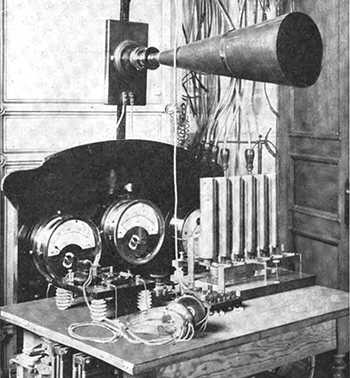"design for voice" entries

Designing for voice and audio technology
A look at the underlying technology and considerations for VUI design decisions.
Download our new free report “Design for Voice Interfaces,” by Laura Klein. Editor’s note: this is an excerpt from the report.
Before we can understand how to design for voice, it’s useful to learn a little bit about the underlying technology and how it has evolved. Design is constrained by the limits of the technology, and the technology here has a few fairly significant limits.
First, when we design for voice, we’re often designing for two very different things: voice inputs and audio outputs. It’s helpful to think of voice interfaces as a conversation, and, as the designer, you’re responsible for ensuring that both sides of that conversation work well.
Voice input technology is also divided into two separate technical challenges: recognition and understanding. It’s not surprising that some of the very earliest voice technology was used only for taking dictation, given that it’s far easier to recognize words than it is to understand the meaning.
All of these things — recognition, understanding, and audio output — have progressed significantly over the past 20 years, and they’re still improving. In the 90s, engineers and speech scientists spent thou‐ sands of hours training systems to recognize a few specific words. Read more…
